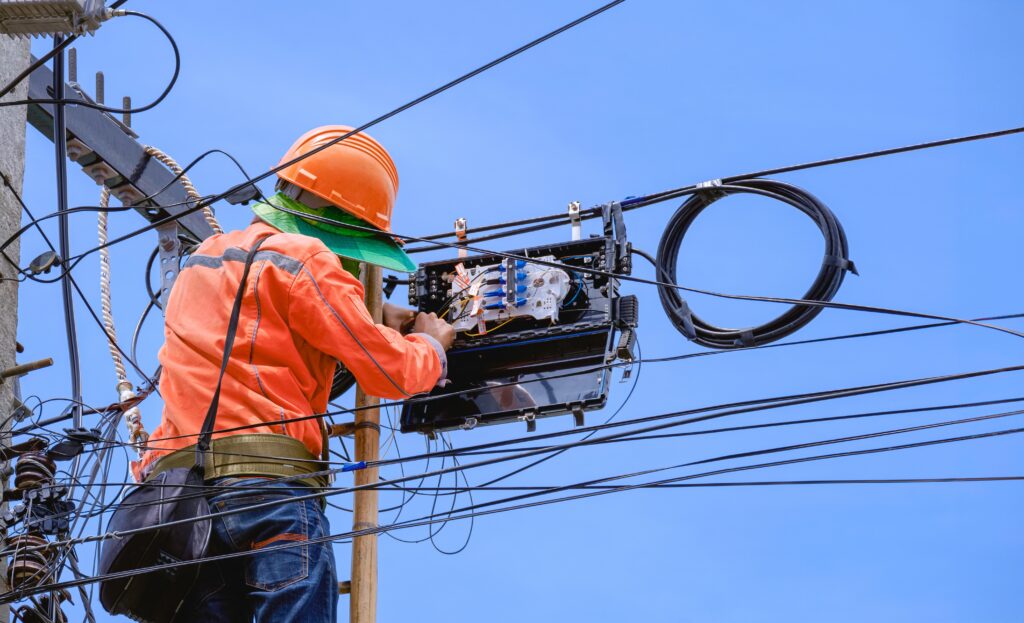Telecom Industry Convenes Stakeholder Summit to Address Growing Threat
St Louis, M.O. – A staggering 5,770 reported intentional incidents of theft and vandalism—an average of 27 incidents per day–targeted communications infrastructure between June and December 2024, according to a report released today at the Telecom Industry Summit: Protecting Critical Communications Infrastructure. These attacks disrupted over 1.5 million broadband and wireless customers during just these seven months last year.
Unveiled today at the Telecom Industry Summit: Protecting Critical Communications Infrastructure, the report underscores the increasing risks to critical communications networks and explores actionable solutions. The Summit, backed by industry leaders such as Charter Communications, Verizon, AT&T, NCTA – The Internet & Television Association, USTelecom, CTIA and WIA, brings together key stakeholders to collaborate on mitigation strategies.
The High Cost of Vandalism
Vandalism to communications infrastructure threatens emergency services, disrupts business operations, and costs millions in repair and replacement efforts.
- Copper theft is a primary driver — Rising market prices have led to increased targeting of utility poles, electric grids, EV charging stations, cellular towers, construction sites. Criminals target not only copper cables, but also fiber optic lines- despite containing no copper – resulting in widespread damage.
- Public Safety is at risk – These crimes impact first responders, healthcare facilities, financial institutions, and other vital services that depend on reliable connectivity.
A Multi-Sector Response is Needed
The report emphasizes that securing the nation’s communications infrastructure requires a coordinated effort across industries, law enforcement, and policymakers. Recommended solutions include:
- Stronger state and local laws – While some states have enacted stricter protections or adopted enhanced penalties, many lack specific legislation to deter and significantly penalize damage to communications infrastructure.
- Increased Law Enforcement engagement – Dedicated resources for investigation, tracking, and prosecution can help curb these crimes and mitigate disruptions.
- Stricter scrap metal regulations – Enforcing ethical practices within the scrap metal industry is crucial to reducing demand for stolen copper.
- Enhanced security by Communications providers – Companies are investing in surveillance, tracking technologies, and security personnel to safeguard networks.
Originally released in November 2024, the report has been updated with new data on infrastructure attacks. To read the full findings and learn more about how stakeholders can collaborate to address this issue, visit NCTA.com.
The above-referenced data is limited to reported incidents by service providers participating in this report; the actual number of incidents damaging communications networks nationwide is unknown and likely higher than 5,770. Moreover, internal tracking of incident data varies by service provider, though many are now working to harmonize internal tracking to ensure better accounting of customer impact. Additionally, impact to business customers — including health care, finance, public safety, and commercial activity — is more difficult to quantify. The 5,770 customer impact statistic provides value in that it offers a general and limited measure of activity across states, but should not be considered a full accounting of activity.
###








